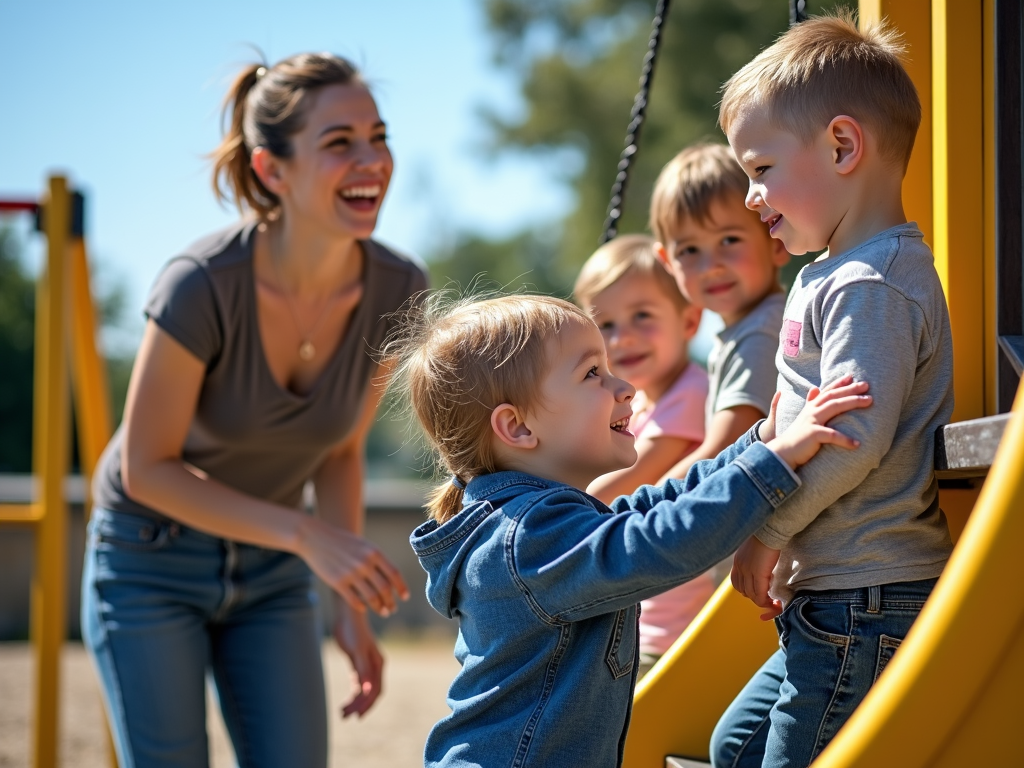Schools today are more than just places for learning math and reading—they’re where kids grow emotionally and socially too. Integrating Behavioral Therapy into School Curriculums offers a fresh way to meet students’ mental health needs. Using tools like Applied Behavior Analysis (ABA), schools can build a space where everyone thrives.

What Is Behavioral Therapy?
Behavioral therapy helps people change habits that hold them back and build ones that lift them up. It’s based on a simple idea: we learn how to act, so we can learn to act differently. Applied Behavior Analysis, or ABA, is a big part of this. It uses clear steps to teach skills like sharing or staying calm. In schools, ABA can make a huge difference for kids who struggle with behavior or emotions.
I’ve seen this firsthand. My nephew, Jake, had a tough time focusing in class. His teacher started using ABA—small rewards like extra playtime when he finished his work. Over a few months, he went from frustrated to proud. That’s the power of behavioral therapy in action.

Why Schools Need This Now
Kids today face more stress than ever. Anxiety, bullying, and even sadness are on the rise. A survey from the National Institute of Mental Health showed that 1 in 5 students deals with a mental health challenge. Regular school lessons don’t always tackle this. Integrating behavioral therapy into school curriculums steps in where traditional teaching leaves off. It gives teachers tools to help kids feel safe and focused.
Think about a classroom where a kid lashes out. Without support, that moment disrupts everyone. But with behavioral therapy, the teacher can guide that child back to calm—and keep the day on track. It’s about building a stronger school for all.

How to Implement Applied Behavior Analysis in Schools
Bringing ABA into schools isn’t hard, but it takes a plan. Here’s a step-by-step guide to make it work:
- Train the Team: Teachers and aides need to learn ABA basics—how to spot behaviors and encourage the good ones.
- Make It Personal: Every kid is different. Create plans that fit each student’s needs, like using a quiet corner for someone who gets overwhelmed.
- Reward the Wins: Give kids something to aim for—stickers, praise, or a special role like line leader.
- Track Progress: Keep notes on what’s working. If a strategy isn’t clicking, tweak it.
- Work Together: Teachers, parents, and counselors should all be on the same page.
Last year, I visited a school doing this right. They had a ‘Cool Down Kit’—fidget toys and headphones—for kids feeling stressed. Teachers tracked how often kids used it and saw a drop in outbursts. Small changes like that add up fast.

Bringing Families into the Picture
Family therapy ties this all together. When parents know what’s happening at school, they can back it up at home. A kid who gets praise for raising their hand in class should hear the same at the dinner table. Schools can help by:
- Sharing Updates: Send quick notes or hold meetings about what’s working.
- Teaching Parents: Host a night where families learn simple ABA tricks, like setting clear rules.
- Offering Support: Set up family therapy sessions to dig into bigger issues, like stress at home.
I remember chatting with a mom who joined a school workshop. She learned to use a timer to help her son finish homework without a meltdown. That little tip came straight from the school’s ABA program—and it changed their evenings.

Facing the Challenges
This isn’t always easy. Some teachers worry they don’t have time. Others say there’s no money for training. But these hurdles don’t have to stop progress. Here’s how to push past them:
| Challenge | Solution |
|---|---|
| Not enough time | Start small—try one technique a week. |
| Limited budget | Seek grants or free online resources. |
| Resistance from staff | Show them the wins with real examples. |
A principal I know faced pushback from her team. She started with a pilot class, tracked the results—fewer disruptions, happier kids—and shared them. Soon, everyone wanted in. It’s about proving it works.

Wrapping It Up
Integrating Behavioral Therapy into School Curriculums can change education for the better. With Applied Behavior Analysis, schools support kids’ mental health and build stronger classrooms. Family therapy brings parents along for the ride, making the impact even bigger. It takes effort, but the payoff—kids who feel understood and ready to learn—is worth it.
Discuss Here